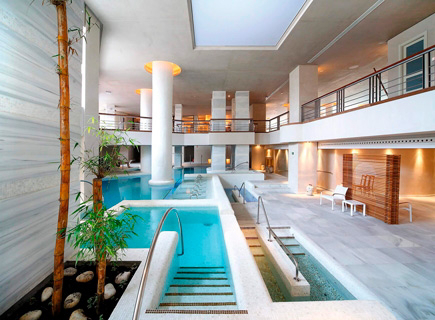Basic Tulum travel guide
Tulum and the Riviera Maya are home to idyllic beaches as well as stunning nature and a fascinating cultural heritage that you’ll love. Come on over!
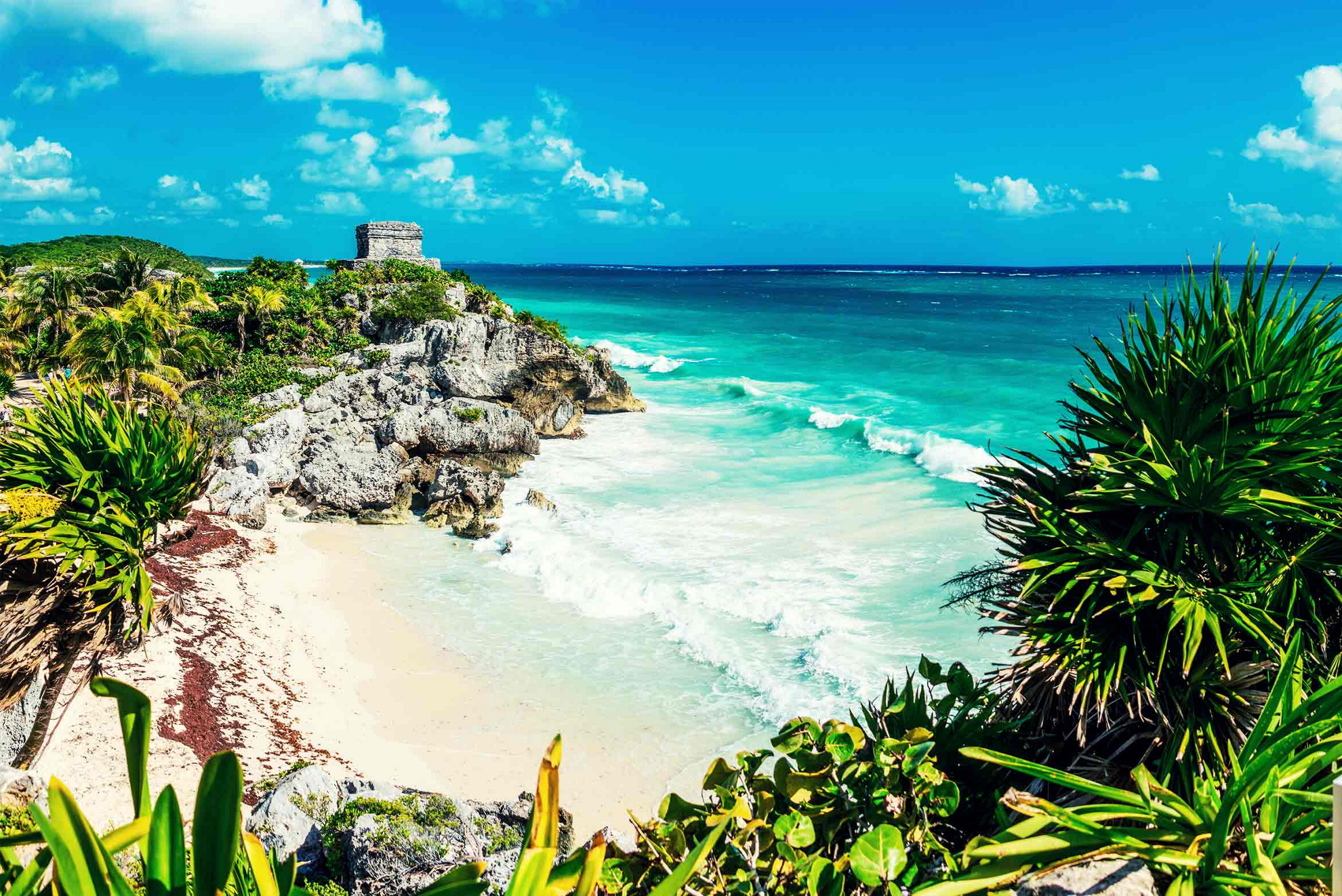
Tulum’s ruins speak for themselves. They define at a glance what travelers can expect to find in this part of the Riviera Maya. In addition to the amazing beaches, the region’s well-preserved nature and fascinating cultural legacy also invite visitors to discover more and more about the traditions, local cuisine, ancient rituals and mysterious edifications. You won’t miss a thing with this guide.
Everything you should do on a trip to Tulum
1- Visit the Tulum archaeological site:
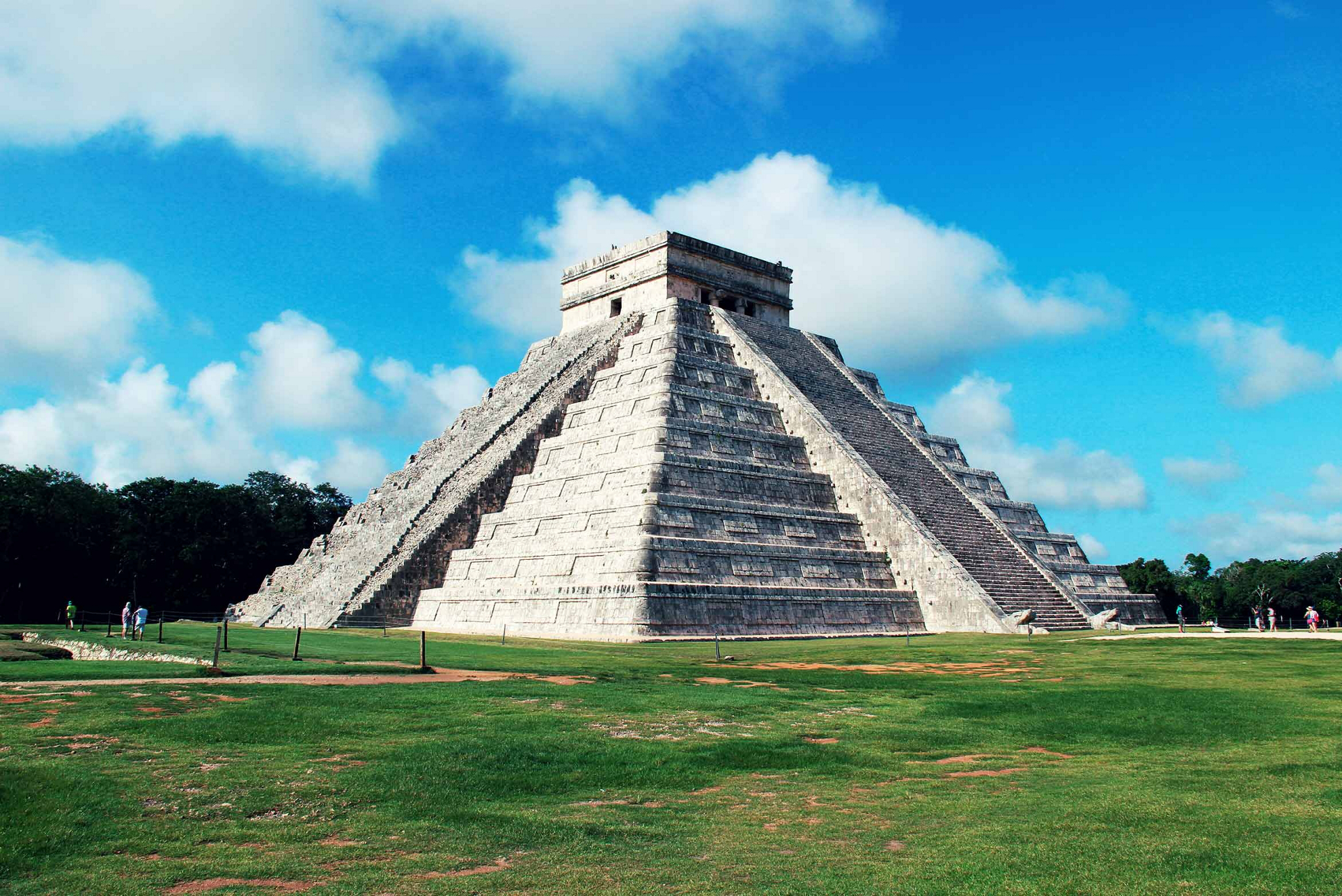
The top thing to do on a trip to Tulum is visit one of the region’s famous Mayan ruins. The city of Tulum emerged during the decline of civilization (in the late Postclassic period: 1200-1520 AD), which means that as the rest of the empire slowly dwindled, this city was able to expand thanks to trade. Although Tulum was much more modest than other large cities such as Uxmal or Chichen, it has a special feature that the others lack: its location, overlooking the Caribbean, which has made it a national icon.
The original Mayan name, Zama, means “city of dawn” and hints at the stunning sunrise that is witnessed here. This is reason enough to arrive early, in addition to enjoying the temples with fewer crowds and less heat.
Tulum’s current name means “fence” in reference to the ceremonial site surrounded by thick walls, which were originally painted in red, blue and yellow hues and are now home to basking iguanas. The interior area contains a number of temples: the House of Chultun, the House of Columns, the Great Palace, the House of Halach Uinic or Great Lord, the Temple of Frescoes, the Temple of the Descending God, and above the rest, the famous Castle (overlooking the sea), which in addition to its ceremonial functions and cosmological meaning, served as a lighthouse that guided boats around the coral reef (the second largest in the world).
2- Bike around the Coba ruins:
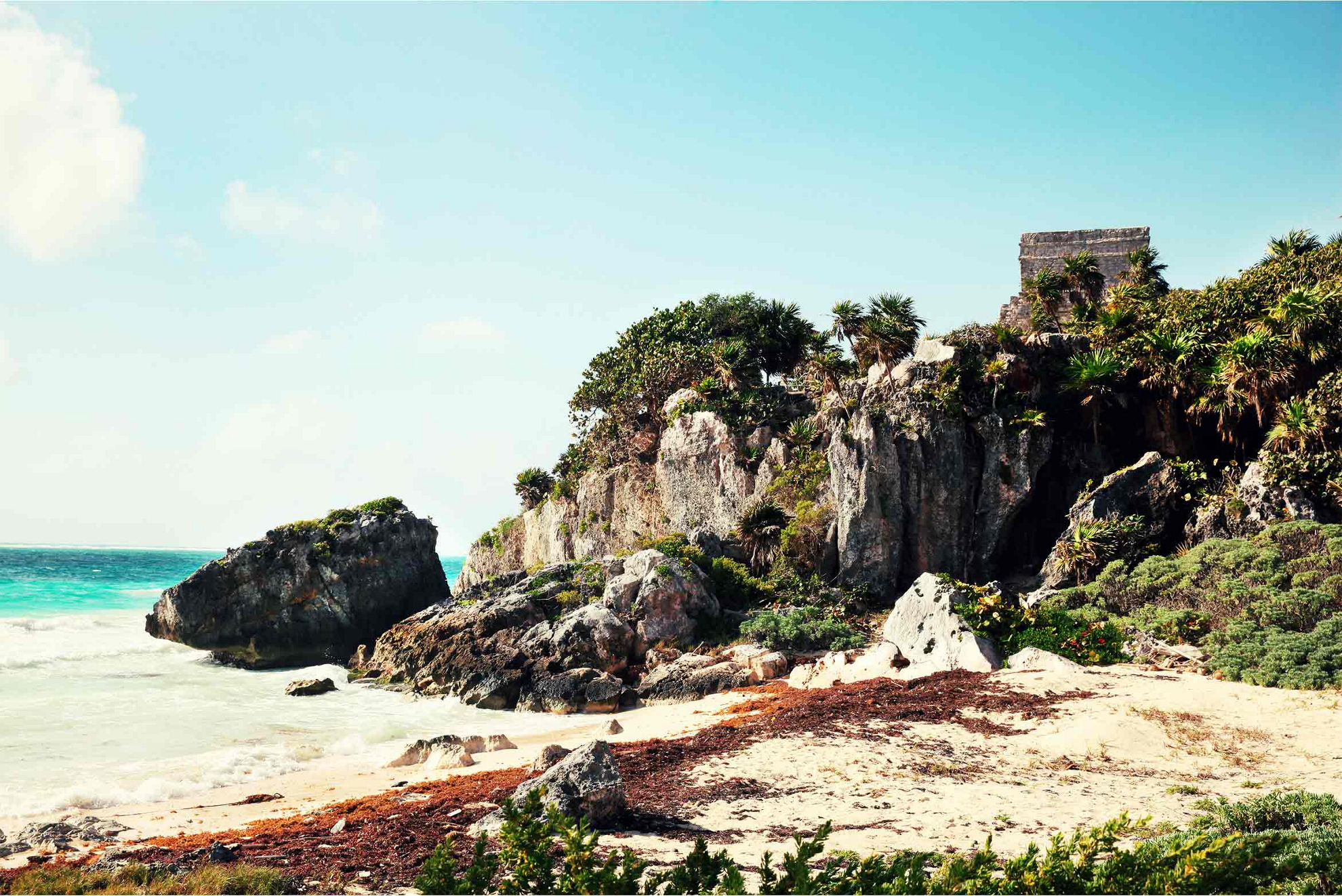
There is another Pre-Colombian archaeological site about 40 kilometers inland from Tulum, and although it is much less known, it also has a majestic backdrop. What was once an enormous and prosperous city, Coba (which means “murky water” in Mayan) is located in the jungle as opposed to on the Caribbean Sea. In the year 1100, it covered 70 km2 and had close to 55,000 residents. The city disappeared in the 16th century and was absorbed by the jungle until its discovery towards the end of the 19th century. The surrounding network of trails can be explored on bicycle. The essentials include the Coba group, the Macanxoc (ball game) group, the set of paintings and Nohoch Mul (great pyramid), which offers the best views.
3- Experience adventures at Labnaha Ecological Park:
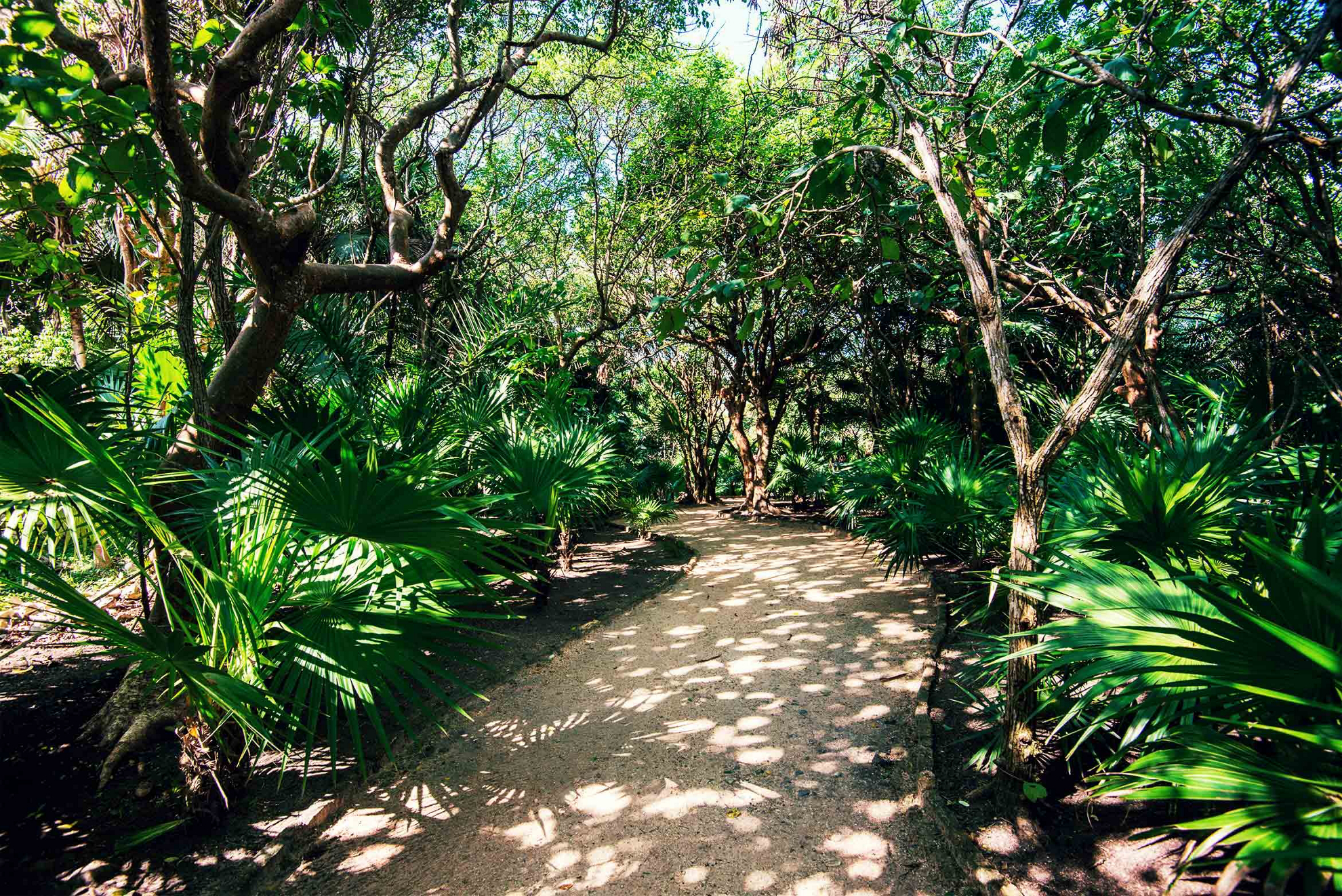
To make the most of the Riviera Maya’s ecosystem, a great alternative is to visit this ecotourism park and enjoy the surrounding jungle as well as the underground world. Learn about the Mayan culture as you do sports activities: snorkel in natural springs, hike along themed trails, explore underwater rivers, fly along zip-lines, and more.
4- Explore the Sian Ka’an Biosphere Reserve.
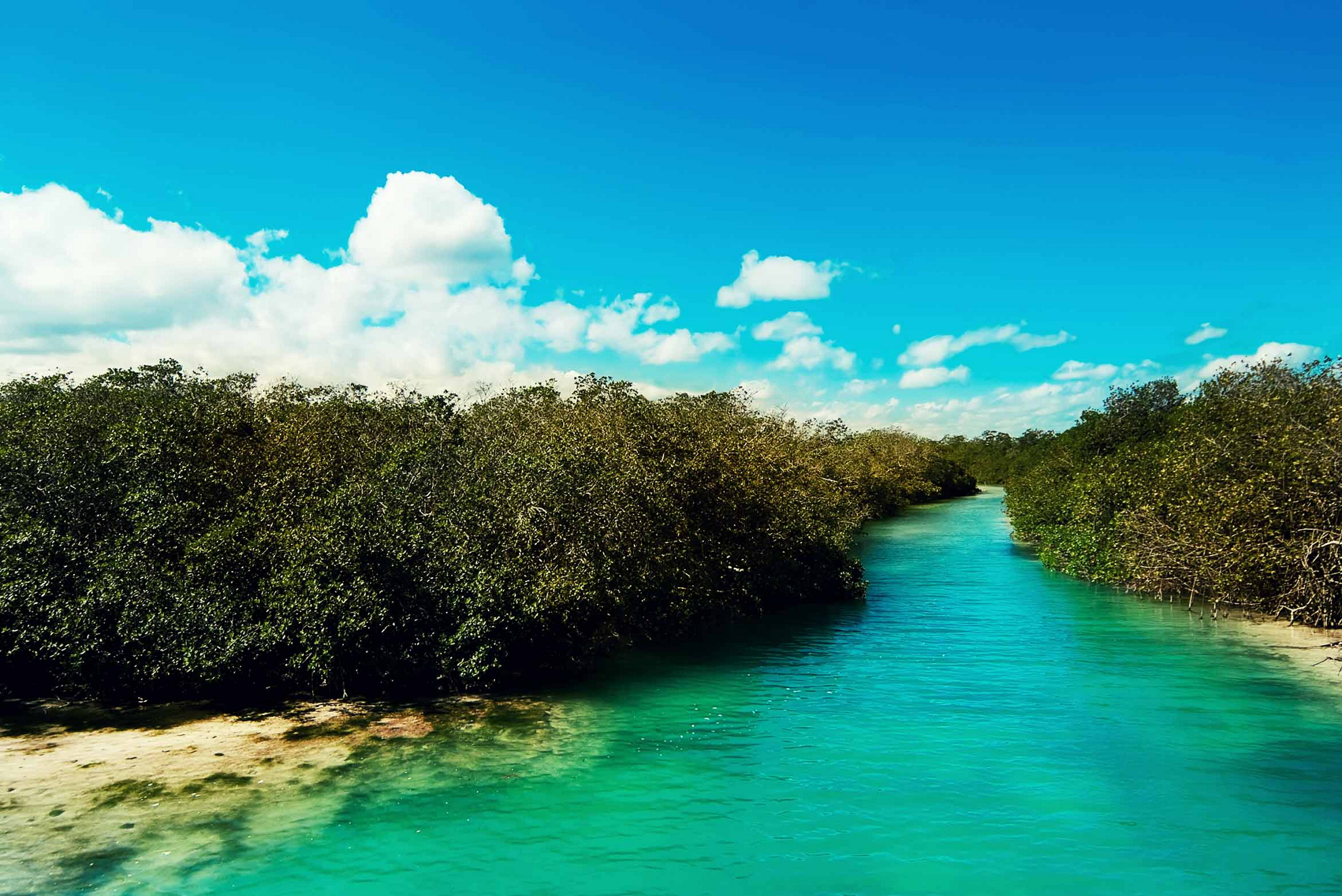
5- Scuba dive alongside rays, barracudas...and even bull sharks.

Earlier we mentioned that the world’s second largest coral reef is located here, stretching from the Yucatan peninsula to Honduras, so it’s no surprise that the Riviera Maya offers first-class scuba diving. This, combined with the amazing climate and excellent visibility, makes it possible for divers to swim with barracudas, moray eels, schools of fish, rays, turtles and more. During the winter (between November and February), bull sharks can be seen in Playa del Carmen (50 minutes from Tulum). It’s easy to arrange convenient outings for these immersions from Allegro Playacar Hotel.
6- Enjoy the nightlife.
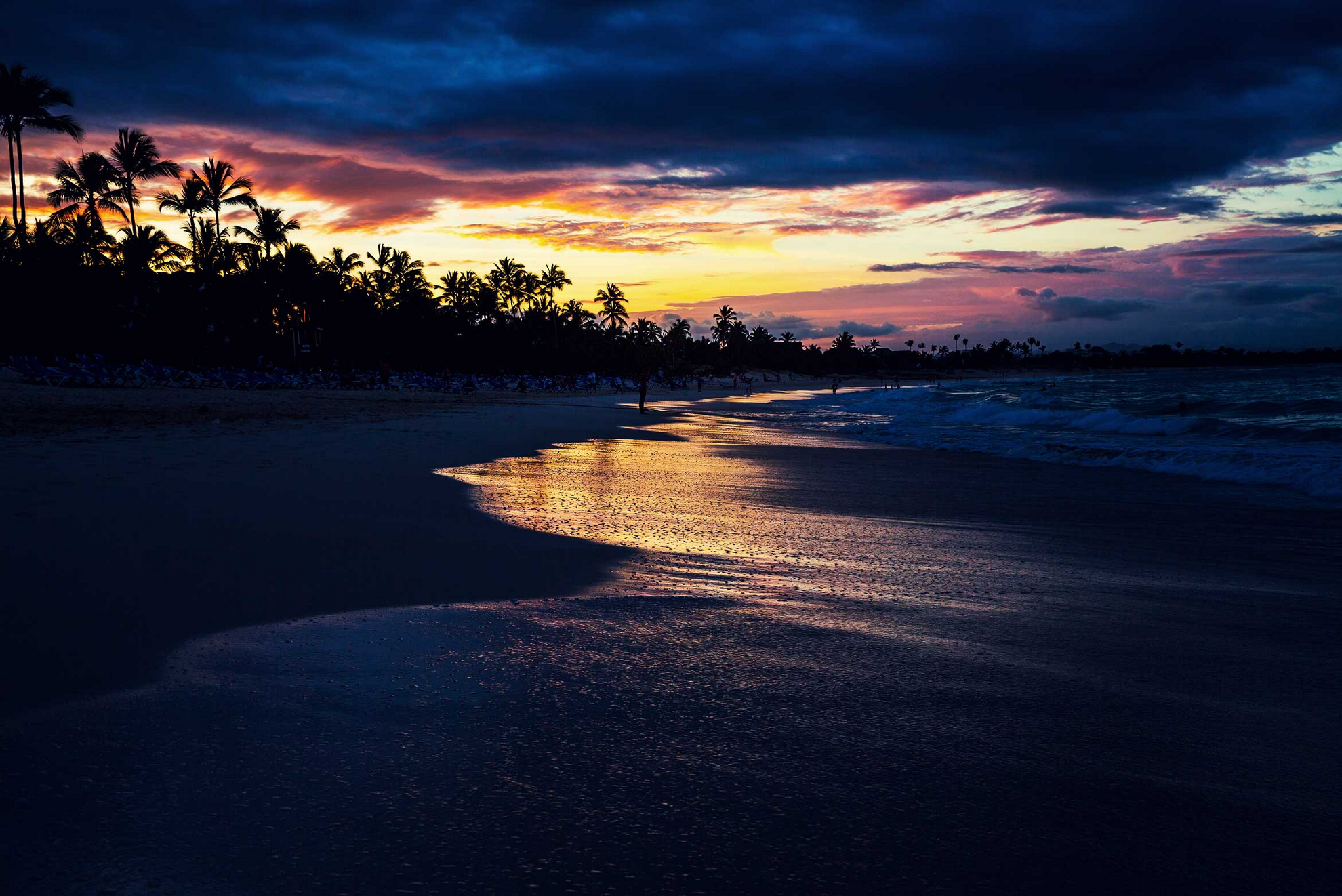
Tulum is just as interesting during the day as it is after the sun goes down: go out to dinner at one of the chiringuitos and sip on a cocktail by the sea. There are also full moon bonfire parties on the beach.
7- Swim in natural springs.
8- Watch sea turtles lay their eggs at the Xcacel-Xcacelito Sea Turtle Sanctuary.

9- Eat cochinita pibil tacos.
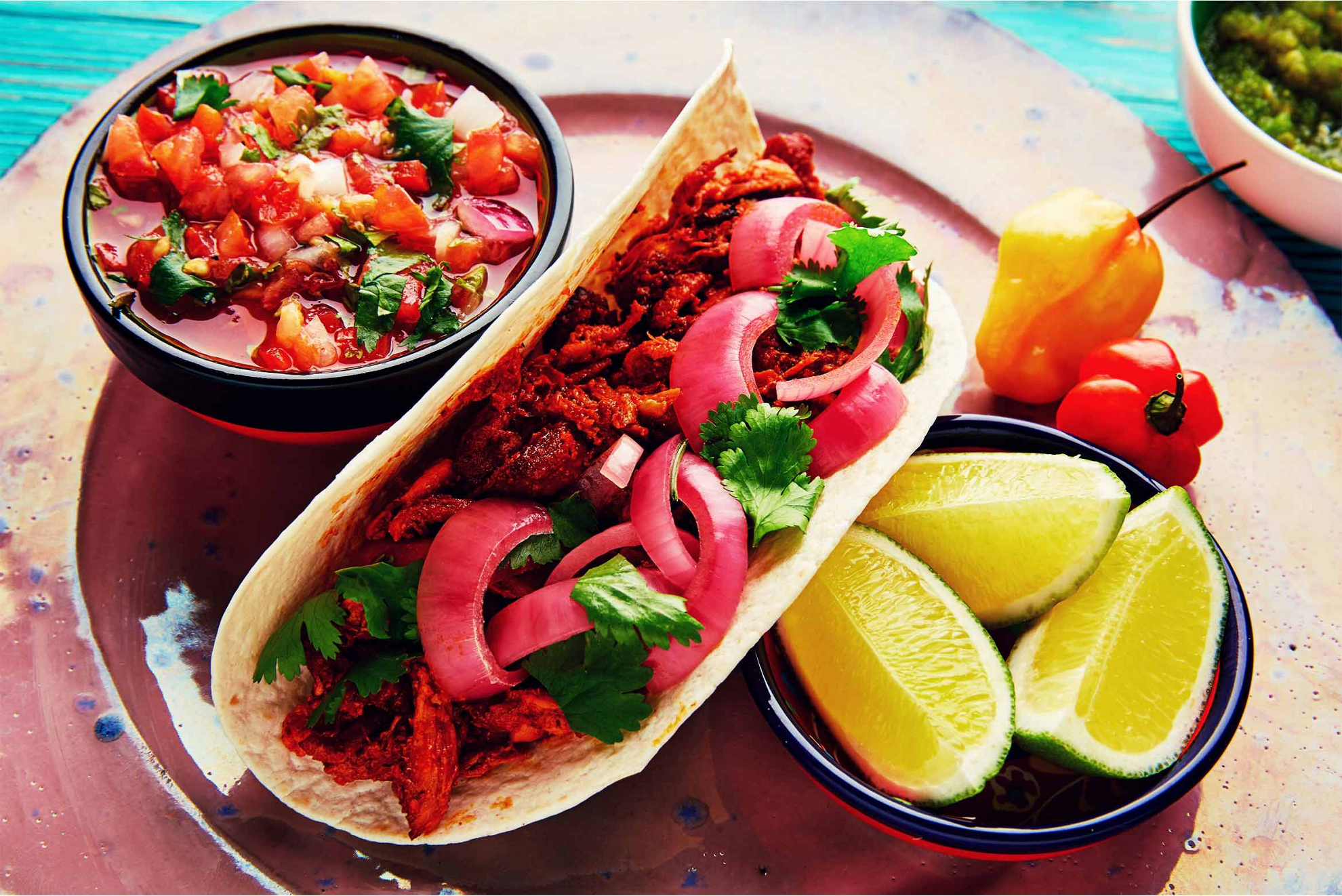
This traditional dish from the Yucatan peninsula has a fun name and consists of slow-roasted pork seasoned with achiote, wrapped in banana leaves and served with red onion and habanero chili peppers. What makes it special is that it’s cooked in an earth oven (in the Mayan language, “pip” means “roasted in”). The meat is wrapped in leaves and placed on stone slabs over a pit with a wood fire. It is eaten in the form of tacos, among other options.
10- Down a few balché shots.
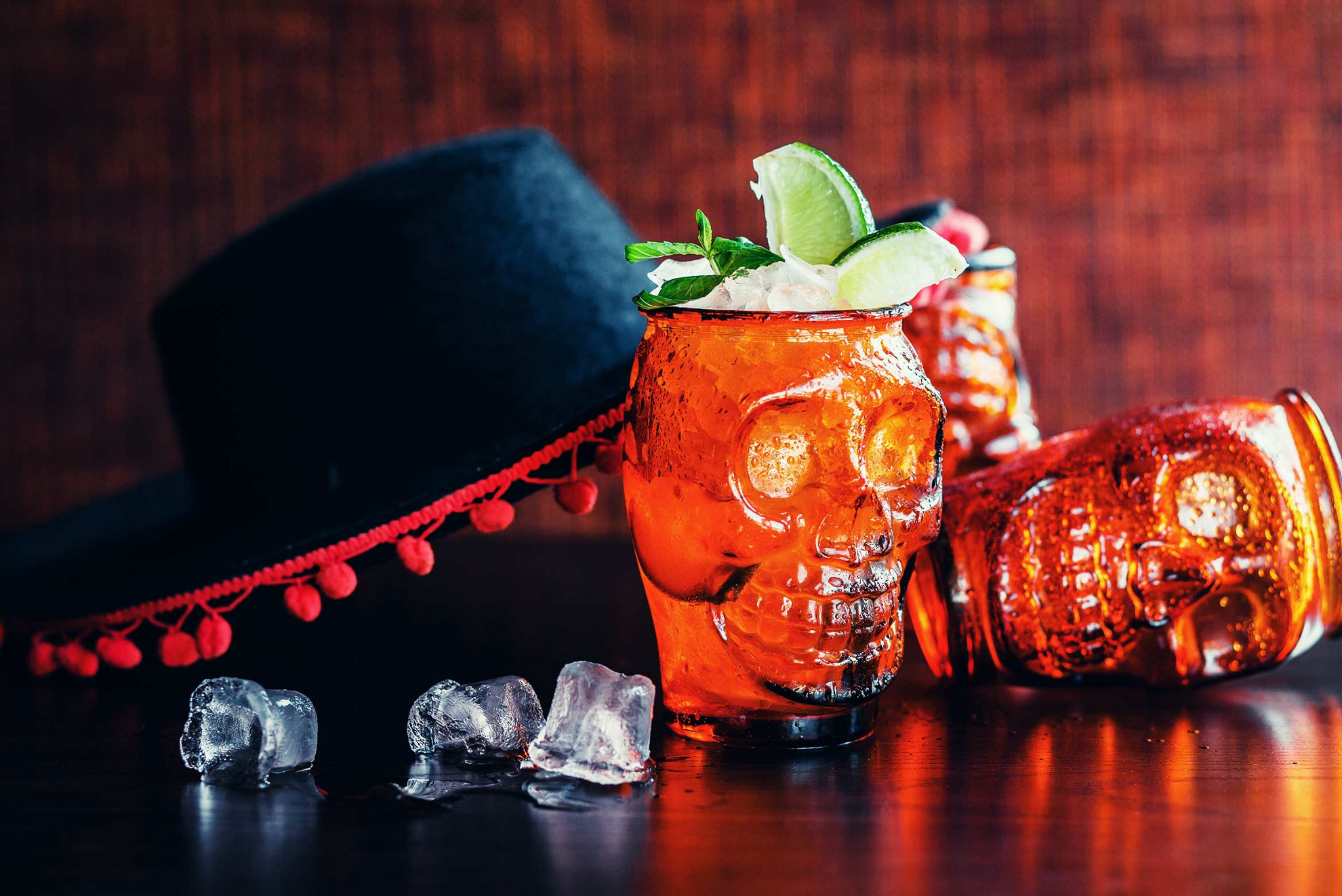
The balché drink, which is placed on funeral altars in a number of Mexican states, was traditionally served in Mayan ceremonies thousands of years ago. This type of mead nectar is obtained by fermenting the bark of a leguminous tree. It is then mixed with water and syrup and sweetened with corn or anisette. It can be found at certain steam room ceremonies.
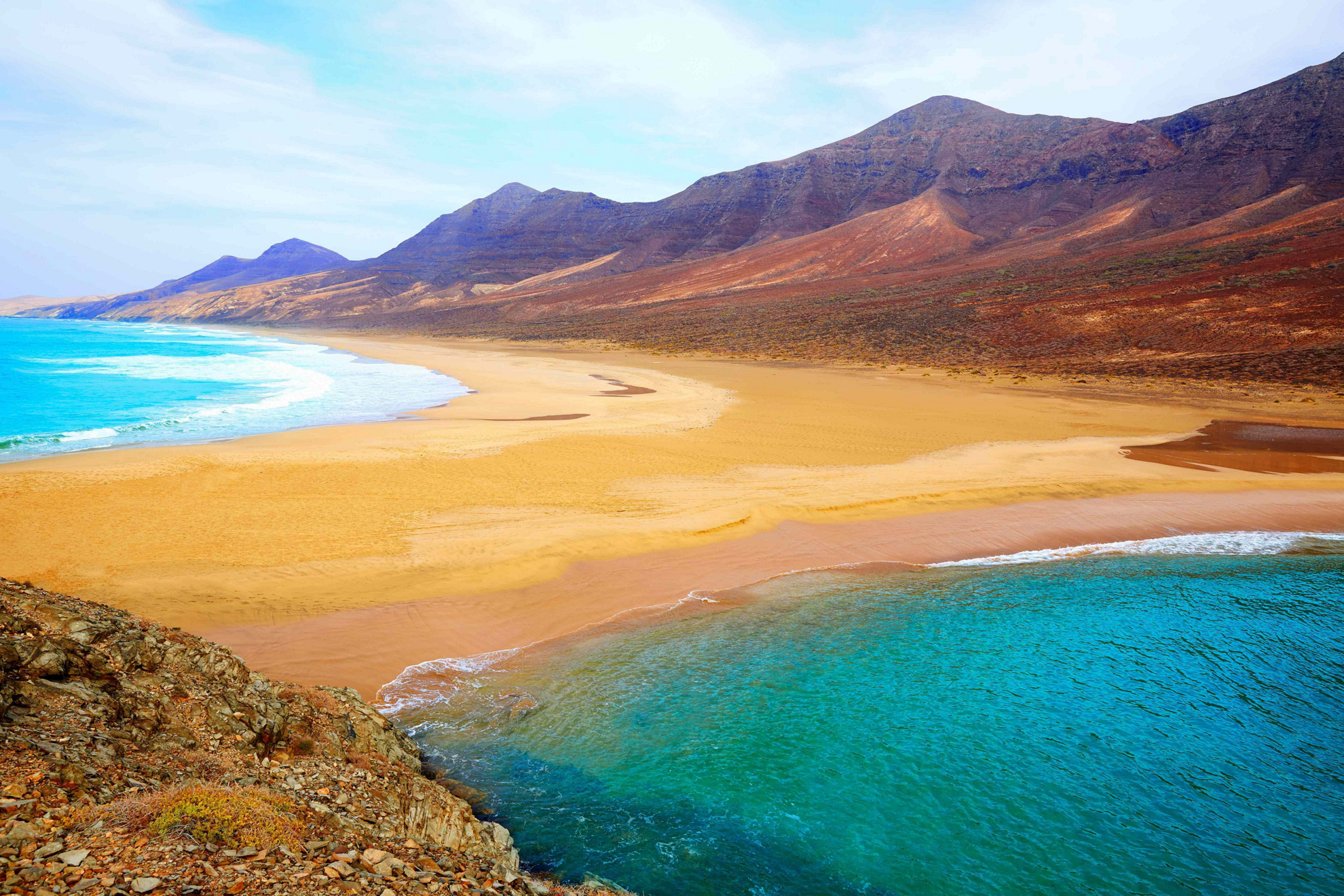



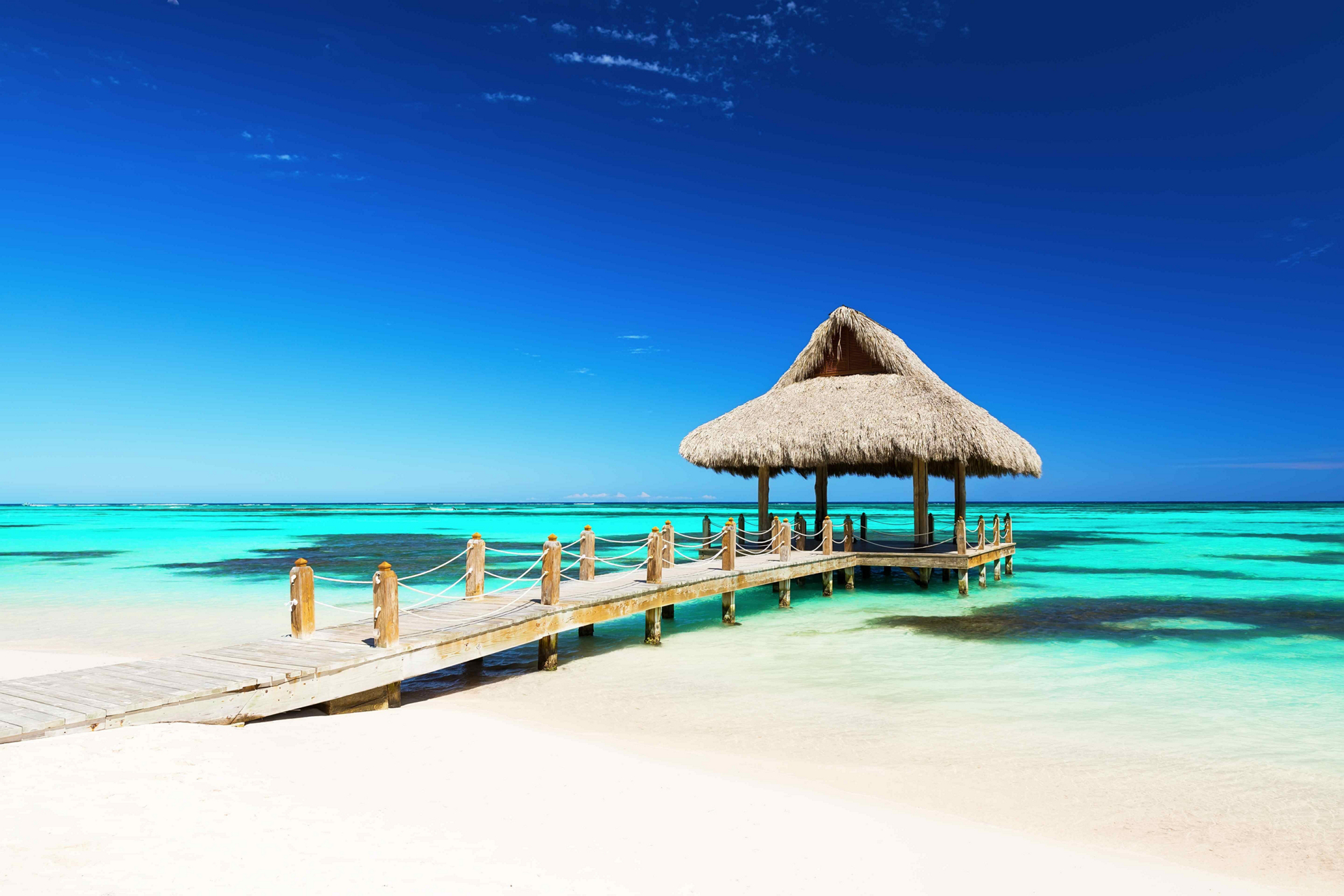

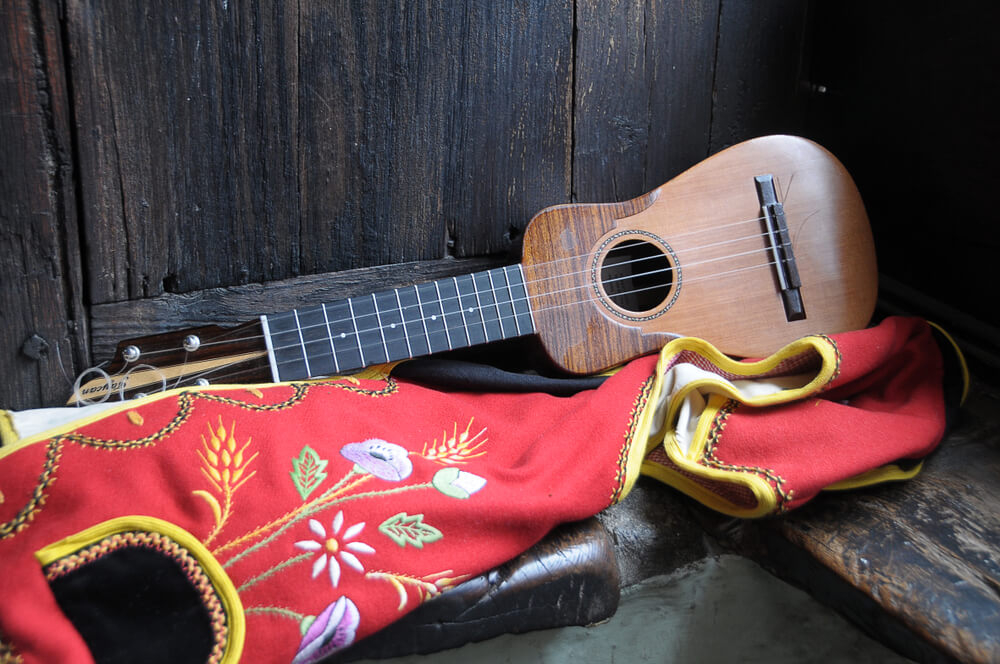

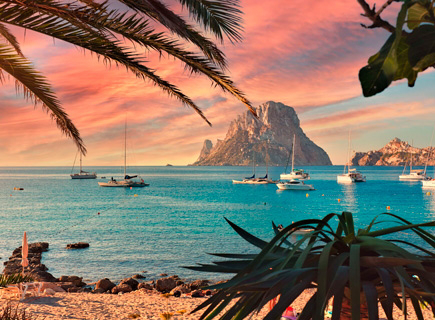
_435x320?&)
